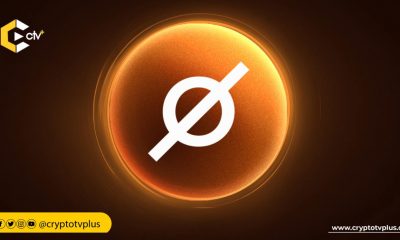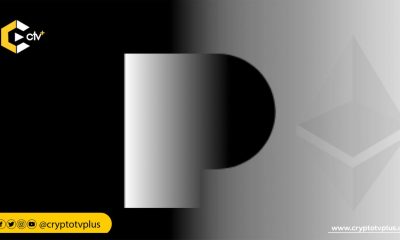News
Researcher proposes to scale Ethereum gas limit 100x in 4 years

A new proposal by a researcher aims to expand Ethereum’s gas limit by 100x within four years.
A four-year proposal from Ethereum’s Dankrad Feist suggests a 100-fold gas limit increase, potentially raising the blockchain’s TPS to 2,000.
Dankrad Feist, whose name inspired Ethereum’s “danksharding” storage system, proposed EIP-9698 on April 27. He suggests a “deterministic gas limit growth schedule” that will begin at epoch 369017, around June 1.
Under the proposal, the gas limit will incrementally grow by a factor of 10 over the next two years, culminating in a final tenfold rise after 164,250 epochs.
For Ethereum clients to adopt the proposal, they will need to cast a vote in favor, Feist said.
“By introducing a predictable exponential growth pattern as a client default, this EIP encourages a sustainable and transparent gas limit trajectory, aligned with expected advancements in hardware and protocol efficiency,” he added.
Given that Ethereum can occasionally process 20 TPS in blocks mainly consisting of simple transactions, a 100-fold gas limit increase could theoretically raise TPS to 2,000.
Feist introduced his proposal to enhance Ethereum’s competitiveness against Solana, which currently achieves 800–1,050 non-vote TPS and can theoretically reach 65,000 TPS.
If developers implement the EIP, they will increase Ethereum’s gas limit to 3.6 billion, potentially fitting about 6,000 transactions into each block.
Following the decision by Ethereum validators to raise the gas limit from 30 million to 36 million in February, Feist introduced his proposal.
Prior to that, developers adjusted the gas limit for the last time in August 2021 under the London hard fork, when they increased it from 15 million to 30 million.
Feist pointed out that a fast gas limit increase, as outlined in his proposal, could overwhelm less-efficient nodes and slow block propagation.
“However, the exponential schedule with very gradual increments per epoch gives node operators and developers ample time to adapt and optimize,” he said.
The Ethereum community’s recent focus on layer 2 scaling solutions has led Feist to introduce EIP-9698, marking the latest effort to address scalability at the base layer.
Critics argue that Ethereum’s layer-2 strategy has divided the ecosystem into disconnected chains, offering little interoperability and ultimately leading to a poorer user experience.
As part of EIP-9678, Ethereum developers are considering a fourfold gas limit increase during the Fusaka hard fork.
While Ethereum developers anticipate Fusaka’s rollout in late 2025, they have scheduled the next big upgrade, Pectra, to launch on the mainnet in May.

























Pingback: Ethereum am Scheideweg: 2.000 TPS in Sicht?